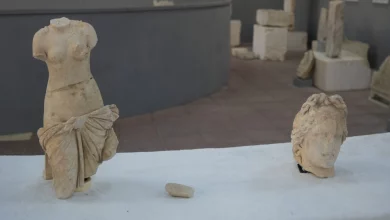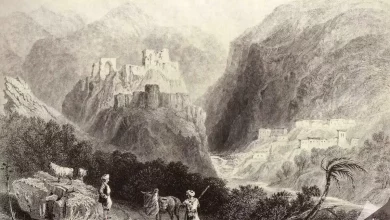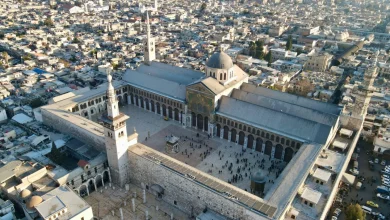1,600-year-old Prophet Solomon pendant unearthed in Türkiye’s Hadrianopolis
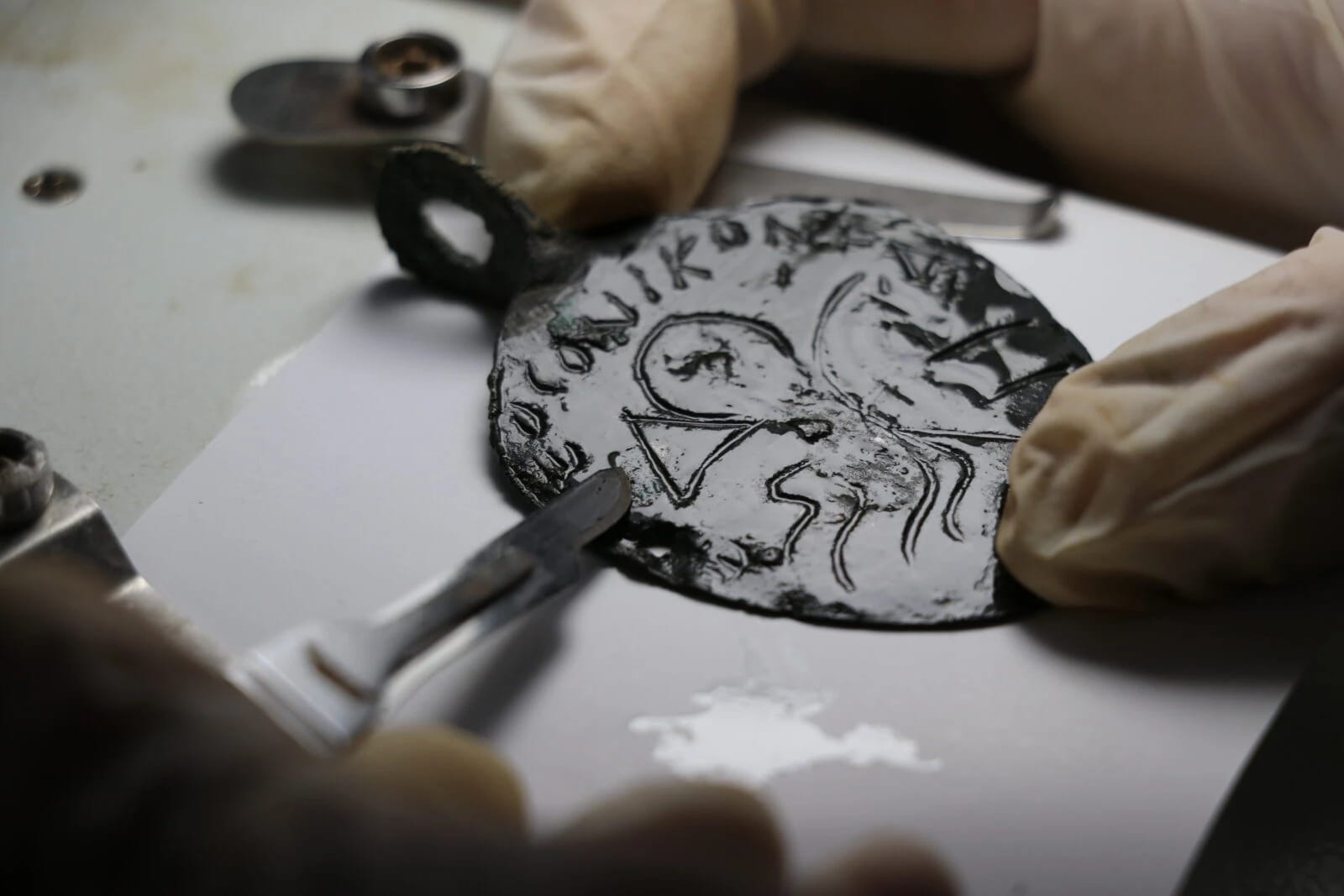
In an extraordinary archaeological discovery, a pendant depicting Prophet Solomon (peace be upon him) has been unearthed in the ancient city of Hadrianopolis, located in the Eskipazar district of Karabuk, Türkiye.
This significant find, which dates back approximately 1,600 years, was uncovered during ongoing excavations in the region. The pendant is believed to have been used as an amulet in a historical context that reflects the importance of the figure across major world religions.
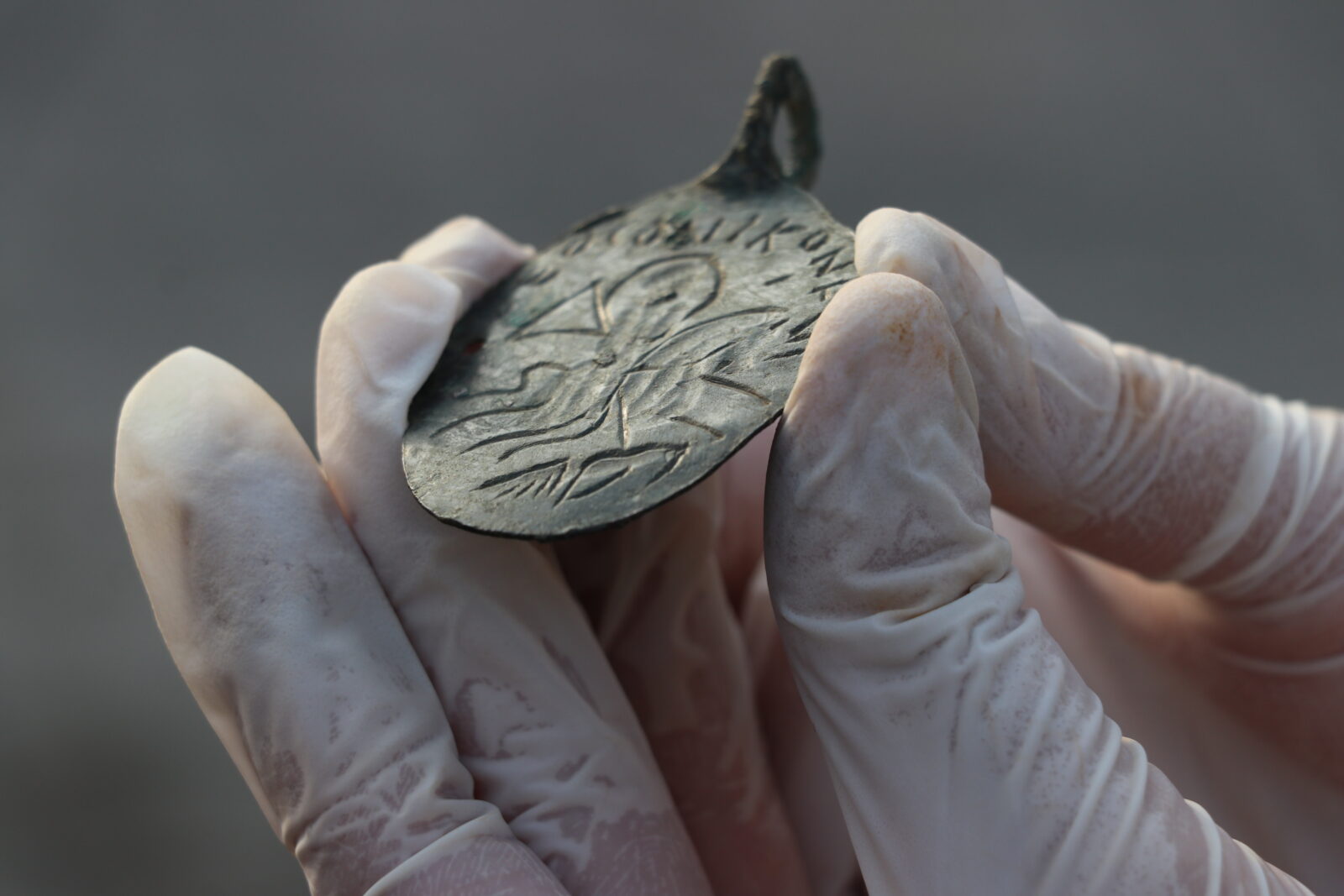
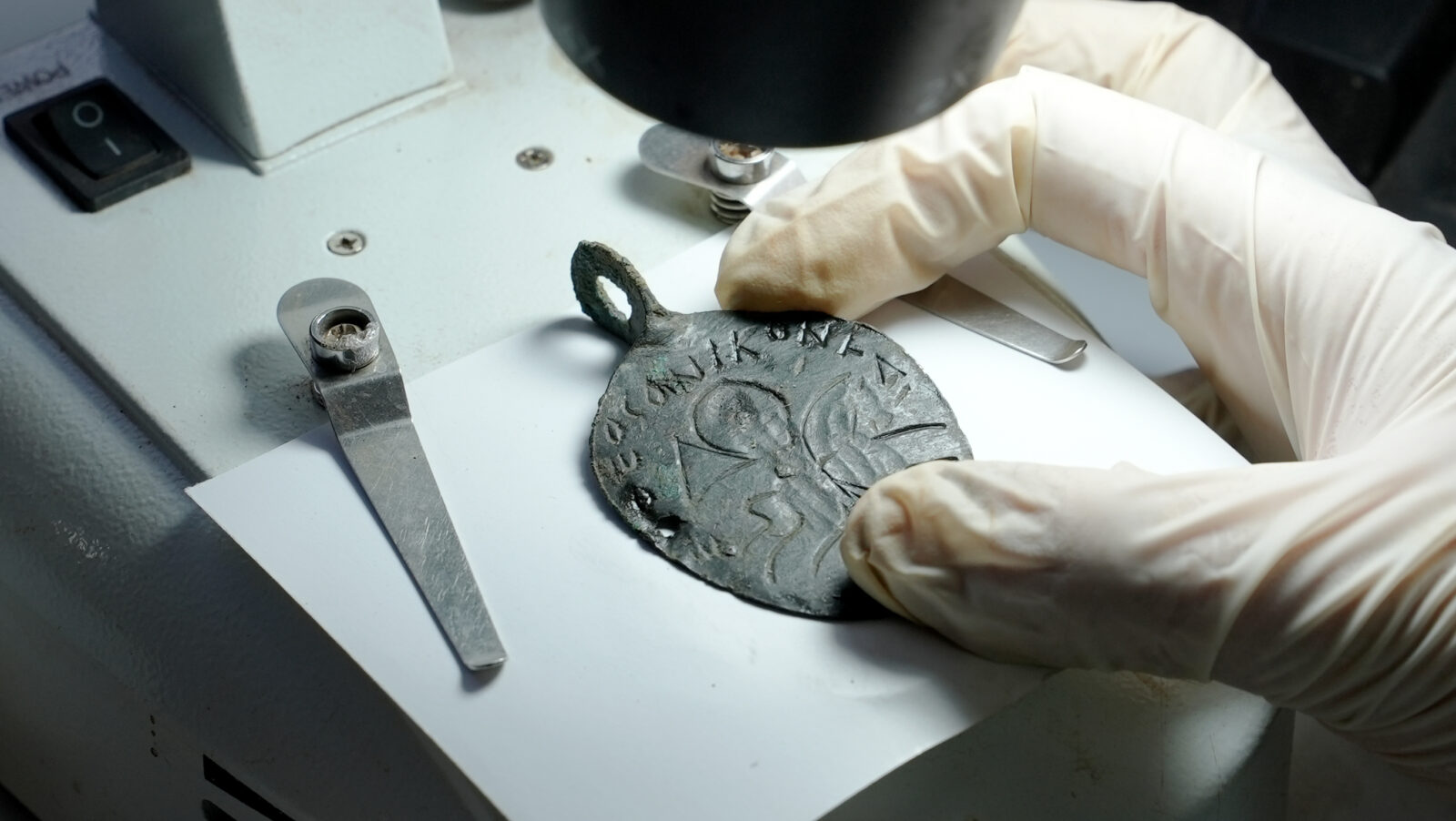
Glimpse into past: Prophet Solomon on pendant
Associate Professor Ersin Celikbas, head of the excavation team from Karabuk University’s Department of Archaeology, shared his excitement about the discovery. He noted that the depiction of Prophet Solomon on the pendant is highly significant, particularly for its representation across the Abrahamic faiths.
“The presence of Prophet Solomon on this pendant truly astonished us and underscores the importance of this artifact in the field of Anatolian archaeology,” said Celikbas.
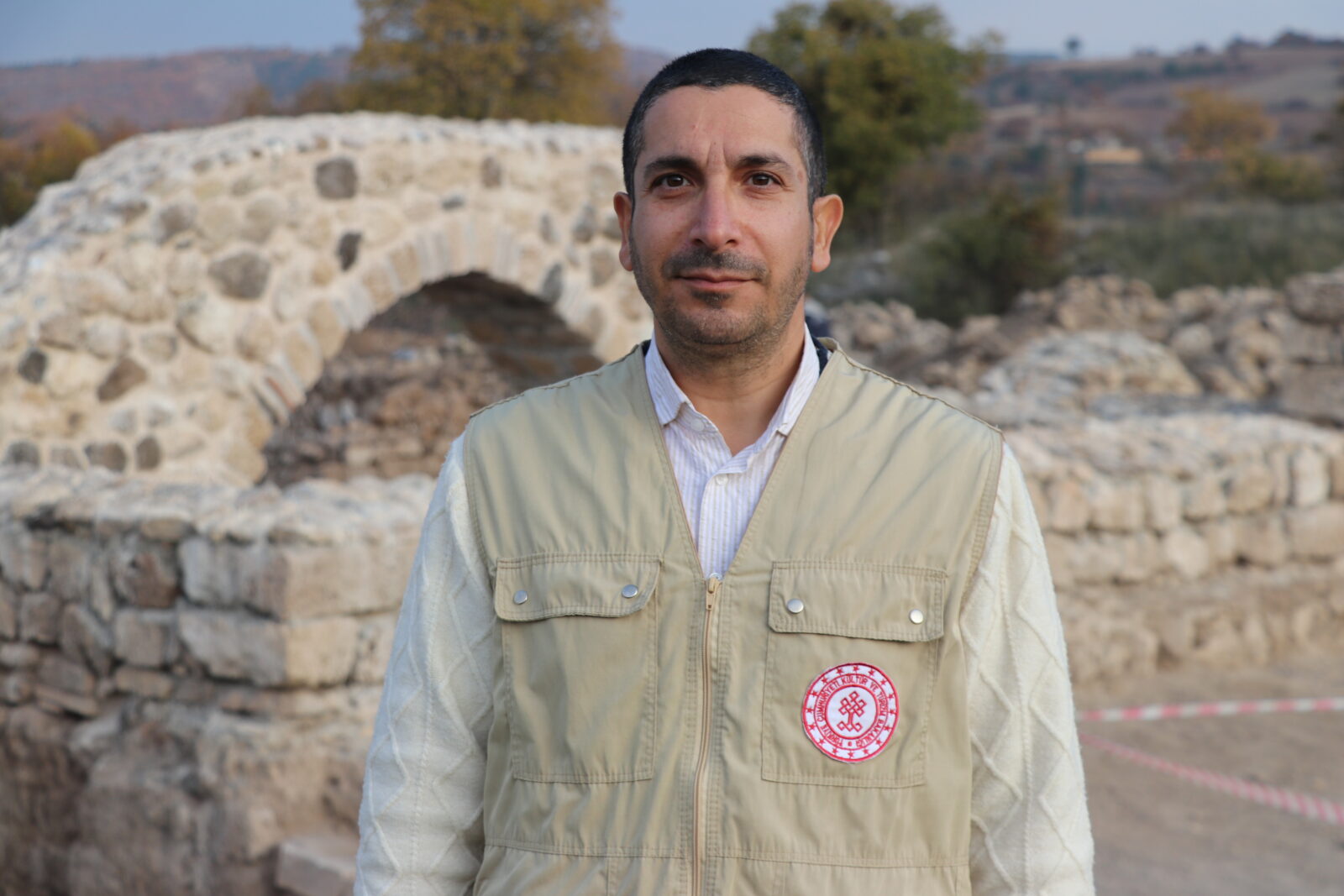
The pendant features an image of Prophet Solomon riding a horse and wielding a spear to defeat evil, referencing the symbolic victory over darkness.
Celikbas pointed out that Solomon’s prominence in Judaism, Christianity and Islam makes this find exceptionally valuable. “Solomon is an important figure in all three major monotheistic religions. His depiction here reflects his significance across these faiths, making this artifact a remarkable discovery for both scholars and religious communities.”
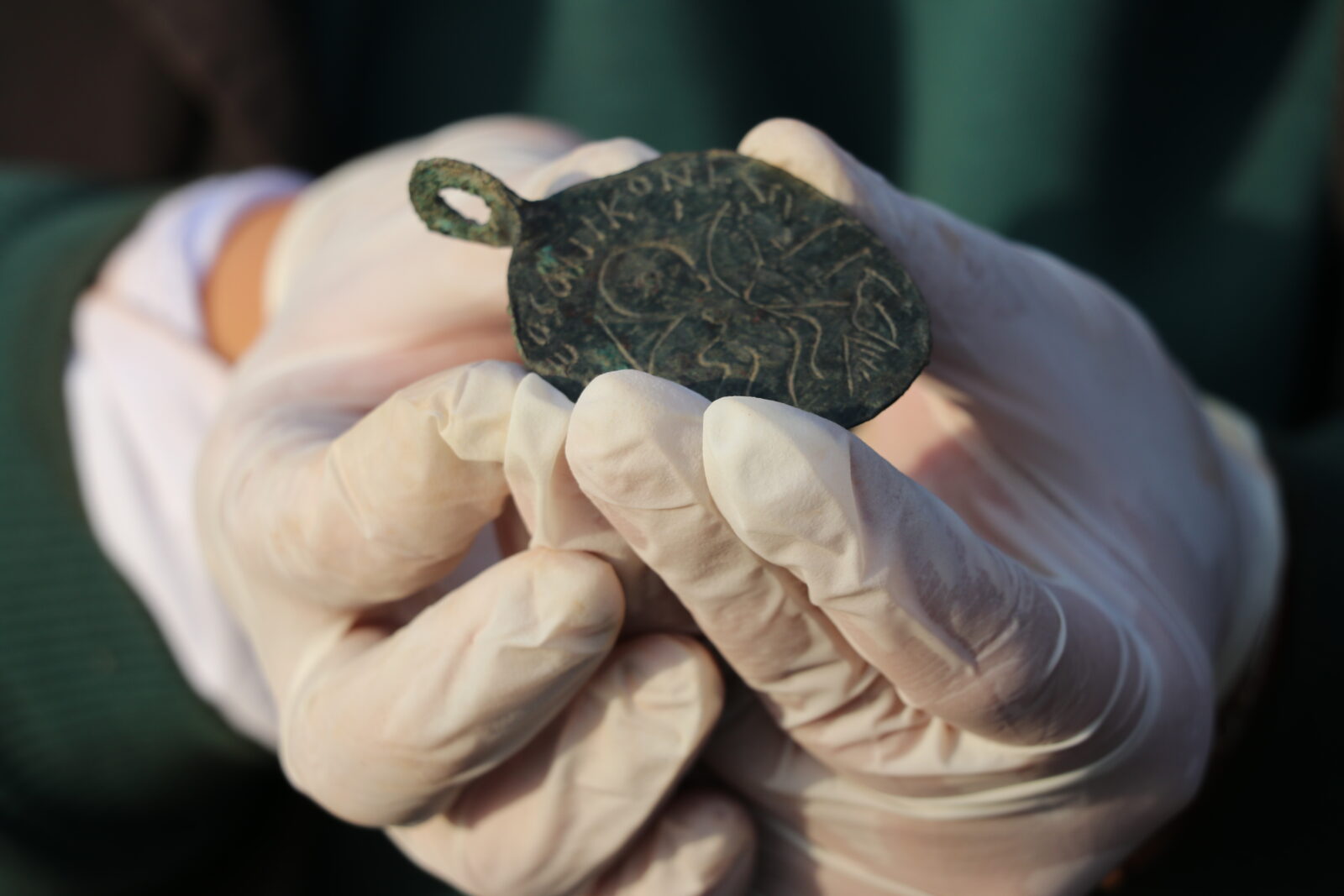
Unique symbol: Inscriptions, divine significance
The pendant bears inscriptions on both sides, adding further intrigue to the find. The front of the pendant is engraved with the phrase “Our Lord defeated evil,” while the reverse side lists the names of four archangels—Azrael, Jibril, Mikail and Israfil. This unique feature has never before been encountered in Anatolian archaeology, making the discovery even more profound.
“This is an unprecedented find in Anatolian archaeology. We have never encountered a similar example until now,” Celikbas emphasized.
The pendant’s iconography is similar to another discovered in Jerusalem, indicating that Hadrianopolis may have been an important religious center during the ancient period.
“The presence of such a rare artifact in this region, along with other evidence from previous excavations, points to Hadrianopolis‘ significance in the ancient world,” Celikbas remarked.
Monument to history: Solomon’s legacy, military connection
The artifact’s military symbolism is also noteworthy, as it connects to Hadrianopolis’ strategic role in the ancient world. Archaeological findings from previous digs have revealed the presence of a cavalry unit at the site, suggesting that the pendant may have had a protective function for soldiers.
The depiction of Solomon, known for his wisdom and as a commander of armies, is seen as a guardian figure in this context. “The cavalry units of Hadrianopolis, like Solomon’s armies, were under divine protection,” Celikbas explained.
This discovery not only adds to our understanding of the cultural and religious life of the ancient city but also connects it to broader historical narratives of Solomon’s influence, especially in military and divine matters.
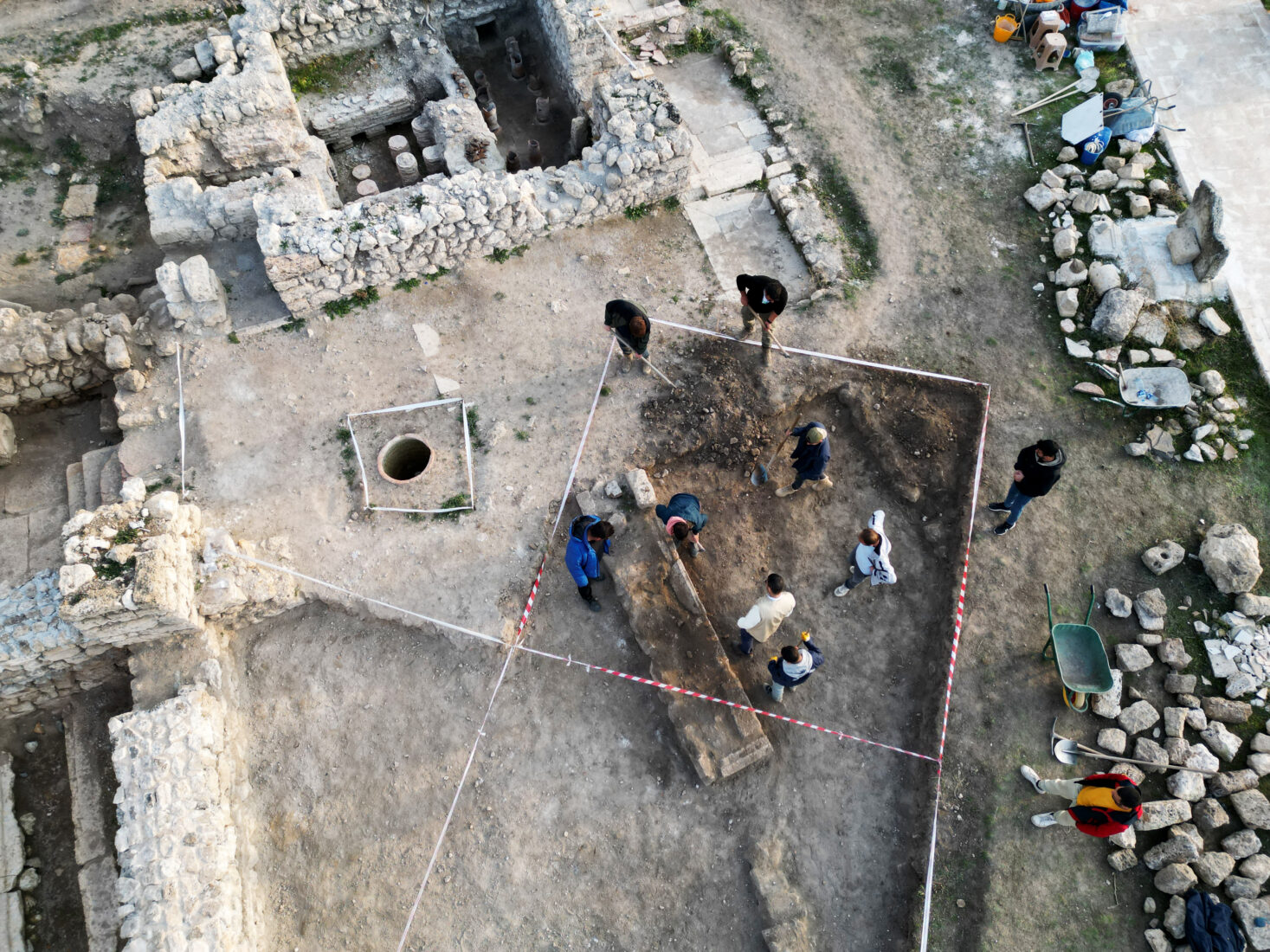
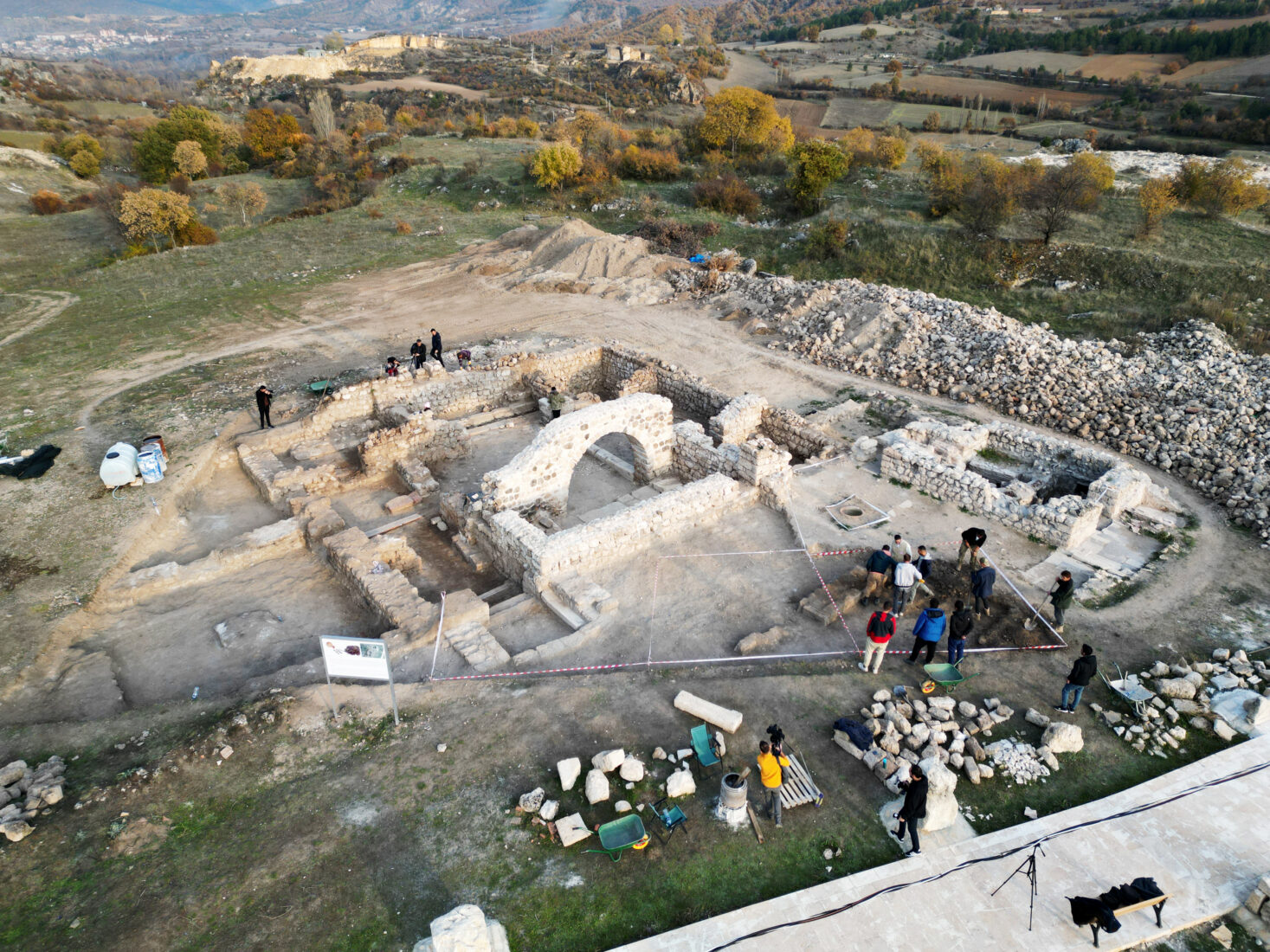
Major step forward for Anatolian archaeology
Celikbas expressed that this pendant is not just an archaeological treasure, but also a key to understanding the religious and cultural dynamics of the ancient world. “With the pendant’s inscriptions and unique depiction, it provides us with insights into the beliefs and practices of the time,” he concluded.
This exceptional find continues to contribute to the understanding of the rich and diverse history of Anatolia, adding another layer to the region’s archaeological significance.



